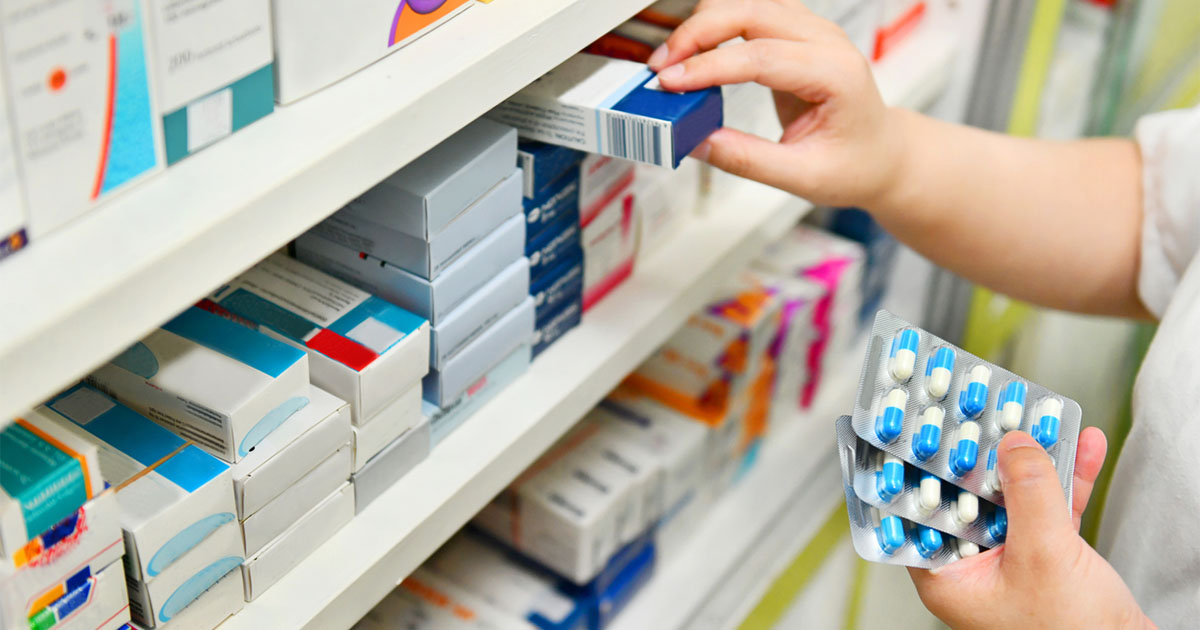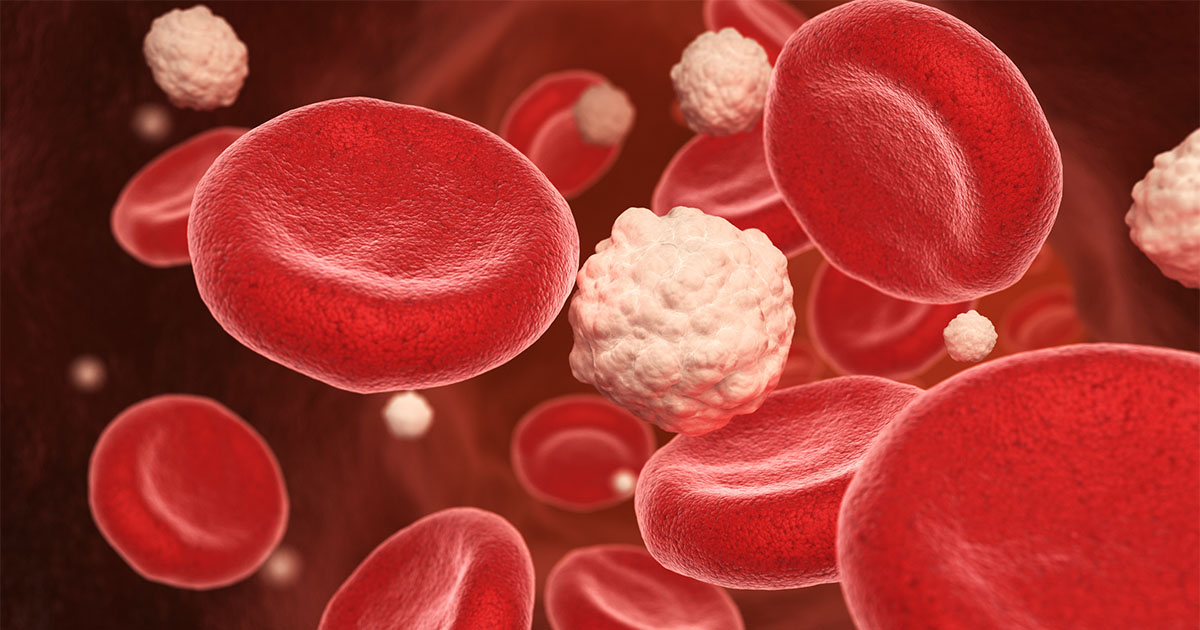Only a small proportion of people with diabetes require insulin. Type 1 diabetes (insulin-dependent diabetes) requires insulin from the outset and the clinical picture is such that this is usually initiated by the specialist hospital team. It is, however, becoming more common for insulin therapy to be initiated in primary care, through education and support, for those with type 2 (non-insulin-dependent) diabetes – in this case the people do not become ‘insulin dependent’ but ‘insulin-treated’.
Type 2 diabetes is on the increase, with doubling of numbers predicted between 1995 and 2010 (Amos et al, 1997). This increase will only be partly due to longevity. Other factors include rising levels of obesity in the population, less activity and insulin resistance.
Insulin resistance
Insulin resistance has been defined as an impairment in the ability of insulin to lower plasma glucose concentration, both by stimulating glucose uptake in insulin-sensitive tissues (predominantly skeletal muscle), and by inhibiting liver glucose production from glycogen or from gluconeogenic precursors (Yudkin and Tavare, 1999). In simple terms, insulin is released in response to glucose but fails to act at the cellular level. β-cells increase their output leading to compensatory hyperinsulinaemia and, eventually, β-cell failure. Blood sugar levels in people with type 2 diabetes will rise over time, in spite of their best endeavours (this demonstrates the progressive nature of the condition). Increases in medication then become desirable.
Progression may be halted by increasing activity levels and reducing surplus weight. Nolan (2001) postulated that the diabetogenic effects of obesity can be modulated by physical activity, even in the absence of weight loss. He stated that a single bout of exercise could improve insulin sensitivity for up to 16 hours in type 2 patients. Multiple bouts had additive effects and also a beneficial effect on diabetic lipid profile.
Reducing complications
The long awaited results of the United Kingdom Prospective Diabetes Study (UKPDS, 1998) demonstrated that intensive blood glucose control by either sulphonylureas or insulin substantially decreased the risk of microvascular complications, particularly retinopathy and nephropathy. In order to achieve this, target levels for HbA1c blood tests were set at 7%. This test, which gives an indication of blood sugar control over the preceding 2-3 months, is still not available in all laboratories and hence not to everyone in primary care. The authors also considered the effect of insulin on cardiovascular complications and reported no increase, concluding that the beneficial effect of an intensive glucose control with these agents outweighed the theoretical risks. It is now generally accepted that failure to control deteriorating blood sugar levels with oral medication necessitates treatment with insulin or a combination of insulin and oral medication.
Insulin
Insulin is the primary treatment for all patients with type 1 diabetes and for type 2 diabetes patients who are not adequately controlled by diet and/or oral hypoglycaemic agents. Ralph and DeFronzo (1999) suggested that insulin should be initial therapy for:
- Type 2 diabetes patients with a markedly elevated fasting plasma glucose level (>15.6–16.7 mmol/l) and ketonuria
- Type 2 diabetes patients who, after discussing the options with the primary care physician, wish to receive insulin as initial therapy.
- Women with gestational diabetes mellitus whose disease is not controlled with diet alone. All oral agents are contraindicated during pregnancy.
- Type 2 diabetes patients with illness causing hyperglycaemia may need temporary insulin treatment.
The so-called ‘human’ insulin is not derived from humans as the name might suggest. Rather, genetic engineering technology is used to produce insulins identical to human insulin. Larger amounts of insulin can be produced this way, as compared with the traditional methods of producing pork or beef insulins. Some animal insulins are still available for those who prefer them but ‘human’ insulin is more widely used. Table 1 below provides more details on insulins.
Insulin in primary care
During the process of starting insulin therapy the person with diabetes needs to be well educated, whether the initiation is to take place in primary or secondary care, or by means of shared systems. They and their carers should be involved in ongoing discussions around:
- Possible side effects. Weight gain may be expected.
- Blood glucose monitoring if feasible. Involvement and participation of the patient is paramount. Lancets and testing strips are generally available on prescription. Meters are not.
- Injection technique: Issues include: To pinch or not to pinch? Which size needle? Dose alteration. Needle clipping devices are available on prescription, though sharps boxes are not. The following are prescribable: some pen injectors (including NovoPen 3), preloaded pens, and pen needles.
- Rotation of sites, to prevent lipohypertrophy (fatty deposits through repeatedly injecting the same spot) which has detrimental effect on control.
- Prevention and treatment of hypos (this education is for carers too) including: effects of exercise and need for snacks; use of Hypostop gel or sugary alternative for conscious hypos; and Glucagon/Glucagen for severe hypos (both available on prescription).
- Eventual targets for control tailored to the individual. Interpretation of lab results.
- Disposal procedures for sharps and equipment. Local policy should be checked.
- Contact numbers for back-up from health professionals, including out of hours.
- Driving restrictions. These are changing rapidly at the moment. Diabetes UK or DVLA should be consulted.
- Sick day rules. The patient should be told never to stop insulin, but should be advised on what to do when ill. Blood sugars often rise when ill, even if not eating.
- Effects of exercise on control. Insulin absorption rate increases with exercise, especially if given in the leg before running.
- Drug interactions. β-blockers (may mask hypo symptoms), MAOIs, corticosteroids, diuretics (may raise sugar levels), alcohol (may exacerbate hypos).
- Diabetes UK. Regular updates.
Insulin companies provide educational material for people on insulin or converting to insulin.
Gaunt (1999) details one method of starting insulin in primary care but teamwork is vital for whatever method is chosen. All members of the team – GPs, dietitians, practice nurses, community nurses and health visitors especially – should be appropriately trained and receive support from the specialists at the hospital. Everyone should be aware of one another’s responsibilities and a good system of recording information introduced to aid communication. The person with diabetes is the key player in that team.
Summary
The heavy burden of achieving tight glycaemic control is resulting in people with type 2 diabetes joining waiting lists to be converted to insulin treatment. Primary care teams are becoming involved in its initiation and/or follow-up. Additional resources need to be found to evaluate this role and strengthen the training possibilities. Perhaps the imminent National Service Framework (NSF) will give us the tools to do the job.
Education module No. 9: Starting insulin in primary care
Section 1. Does your practice have guidelines for when to initiate insulin therapy in people with type 2 diabetes?
If yes, please give a brief outline of these three aspects:
- a) The circumstances under which insulin treatment is considered appropriate for a person with type 2 diabetes.
- b) How the insulin is initiated and by whom.
- c) The strategies that are in place for follow-up.
If no, please give a brief outline of how you manage people with type 2 diabetes requiring insulin.
Which of the following are available on prescription?
- Needle clipping device
- Disposable needles for insulin pen injectors
- Preloaded disposable insulin pens
- Blood glucose testing meters
- NovoPen 3 pen injector
- HumaPen pen injector
- Glucagon/Glucogen
- Sharps boxes
- Blood glucose testing strips for meters
Section 2. This overview above is provided for readers wishing to refresh their knowledge. Readers may choose to defer reading this section until completion of the rest of the module.
Section 3. Case studies
Case study 1
Jenny is a 62-year-old ex-teacher who lives alone. She has had type 2 diabetes for seven years, starting on diet alone and gradually increasing to her present treatment of metformin 850 tds and gliclazide 80mg bd. She is attending today for her annual review at the practice diabetes clinic. Her blood tests taken two weeks ago reveal: HbA1c 8.7% (previously 8.3%), blood sugar 12.8mmol/l and raised lipid levels. She complains of thrush and of frequently getting up in the night.
Questions about case study 1
- a) What advice about treatment would you discuss with Jenny?
- b) You decide on initiation of insulin. Human Mixtard 30 is chosen. How would you explain how this insulin works to Jenny?
Case study 2
John is 43. He is overweight, as is the rest of his family. He works at the local garage and his mother, a patient of yours, has type 2 diabetes recently treated with insulin. His grandmother also had diabetes. He has no recent investigations in your records. He knows his glycaemic control is not good but has been putting off doing anything about it. You request an HbA1c and the result is 9.8%. He denies any symptoms and his home blood sugar monitoring record is erratic but confirms that many results are in double figures. John is on maximum oral therapy. He is worried that he might need insulin.
Questions about case study 2
- a) How would you address his concerns?
- b) He realises that he might need insulin but expresses a fear of needles. What would you do?
Case study 3
Paula is a 54-year-old housewife who recently started on insulin. Her control had improved well but, over the last few days, her blood sugars have started to rise. This coincides with her catching the local flu bug that is going around. She has not been sick but is ‘off her food’. She contacts you for advice.
Questions about case study 3
- a) What do you suggest?
- b) If she were vomiting what advice would you give her about her insulin and blood sugar monitoring?
Section 4. Think of three people with diabetes in your practice who have started insulin therapy and answer the questions below for each.
- a) What insulin was prescribed and why?
- b) Who provided the patient education for starting insulin?
- c) Which members of the team were involved and how?
- d) Has follow-up demonstrated improvement?
- e) What are the barriers, if any, to insulin management in your practice?
- f) What changes, if any, would you now like to make to your management of people requiring insulin to treat their diabetes?
Section 5. After completing the above exercise, identify two or three key points, stating how this will influence your future practice.





Risk ratios of 1.25 for autism spectrum disorder and 1.30 for ADHD observed in offspring of mothers with diabetes in pregnancy.
18 Jun 2025